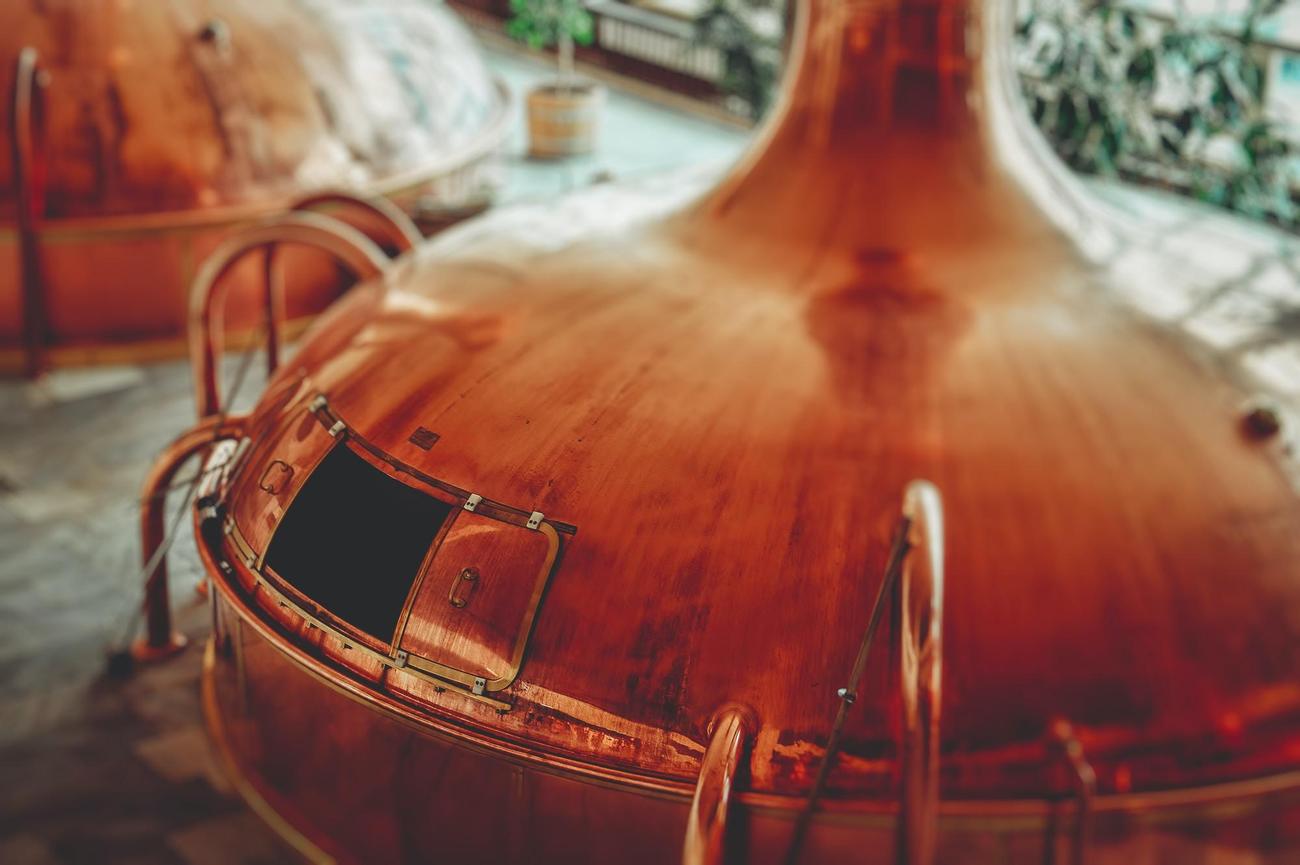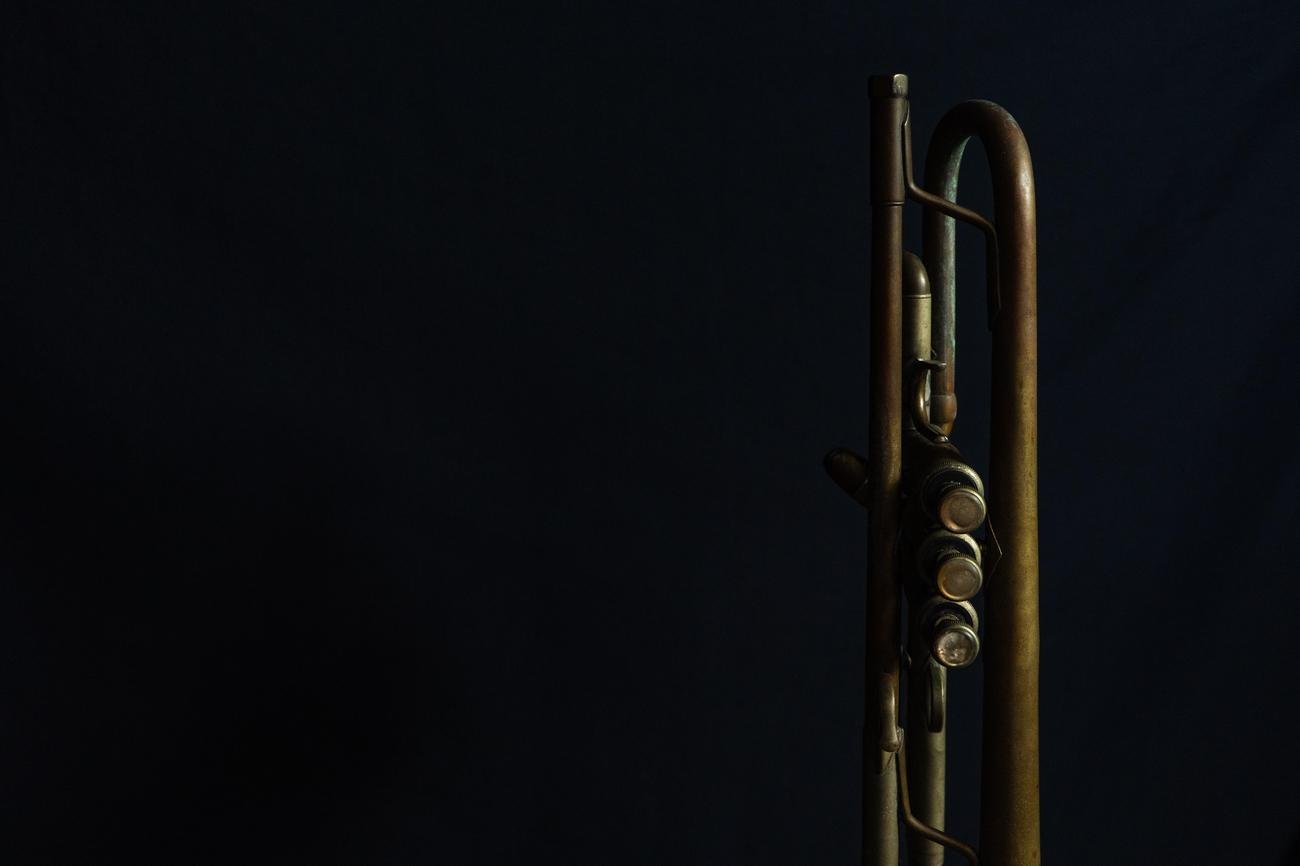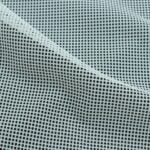Are you ready to uncover the intriguing world of brass? In this article, we dive deep into the realm of facts about brass, revealing captivating details about this unique alloy. As a seasoned materials engineer specializing in metal alloys, I have spent over a decade exploring the fascinating properties of brass. Join me as we unravel the secrets behind its composition, delve into its historical significance, understand its manufacturing processes, and explore its wide-ranging contemporary applications. Prepare to be amazed by the versatility and beauty of this extraordinary alloy known as brass.

Facts About Brass
Brass, an alloy composed of copper and zinc, holds a rich historical significance and remains a versatile metal in contemporary applications. Let’s delve into some intriguing facts about brass that highlight its unique properties and uses.
The Historical Significance of Brass
Brass has a long-standing place in history due to its desirable hardness and workability. In ancient times, the Romans utilized brass in a variety of ways, including the crafting of vessels, dress armor, and intricate jewelry like brooches or clasps. During the medieval period in Europe, monumental brasses were popularly employed to commemorate individuals. It’s fascinating how this alloy has endured through the ages, always valued for its reliability and aesthetic appeal.
“Brass has been a material of choice for centuries, contributing to the remarkable heritage and lasting legacy it holds.”
Distinct from Bronze
While brass is often mistaken for bronze, it possesses certain distinct characteristics. One notable difference is its lower melting point, making it more malleable than bronze. Additionally, the varying proportions of copper and zinc in brass allow for the creation of both hard and soft brasses, altering their mechanical properties. This versatility adds to the allure of brass as a reliable engineering material.
“Don’t let its resemblance fool you, brass possesses its own unique set of properties that sets it apart from bronze.”
Appealing Aesthetic and Properties
Brass showcases a bright gold appearance that can be further varied to a reddish-gold or silvery-white hue. Its visual appeal, coupled with exceptional workability, hardness, and corrosion resistance, make it highly sought after in various industries. From musical instruments like trumpets, trombones, and tubas to germicidal and antimicrobial applications, brass’s multifaceted properties enable its use in diverse fields.
“Brass not only catches the eye with its radiant splendor but also possesses a remarkable combination of mechanical and antimicrobial properties.”
Wide-Ranging Applications
The applications of brass extend far and wide. Its versatility and durability make it a popular choice for architectural and design purposes, often used as a decorative material that adds a touch of elegance to spaces. Brass is also commonly found in plumbing fixtures, electrical fittings, and even ammunition casings, where its resilience and electrical conductivity play a crucial role.
“When it comes to brass, the possibilities are seemingly endless, making it a ubiquitous material across various industries.”
Let’s summarize the captivating facts about brass we’ve uncovered:
– Brass holds historical significance, having been utilized by civilizations through the ages.
– It is distinct from bronze, offering unique properties and malleability.
– Brass’s appealing aesthetics, combined with its workability and corrosion resistance, make it a highly valuable material.
– It finds application in industries ranging from music to architecture, plumbing, and electrical fittings.
Brass truly is an alloy that continues to shape our world, bridging the past with the present and offering a myriad of possibilities for the future.
Steel is an incredible material with a rich history and impressive properties. If you’re curious to learn more about this versatile alloy and the fascinating facts that surround it, look no further than our page on facts about steel. From its strength and durability to its wide range of applications, you’ll be amazed at what this metal can do. So why wait? Click the link and delve into the captivating world of steel!
Facts About Brass
Brass, an alloy consisting primarily of copper and zinc, possesses a myriad of intriguing properties and applications. From its exceptional heat conductivity to its dazzling golden hue, brass has captivated the world for centuries. Its historical significance is palpable, as it has been utilized in various ancient artifacts and architectural masterpieces. Discover the awe-inspiring historical significance of brass and delve into its mesmerizing applications in modern times. With an understanding of the environmental impact of brass production, one can truly appreciate the efforts taken to responsibly manufacture this versatile alloy. Immerse yourself in a fascinating exploration of brass and unlock the doors to an enchanting world of knowledge and discovery. Learn more about brass properties and applications, the historical significance of brass, and the environmental impact of brass production.
To learn more about brass properties and applications, visit here.
The environmental impact of brass production is a topic that cannot be ignored. Discover how the production process affects our planet and the steps being taken to minimize its ecological footprint. To unveil the truth behind the environmental impact of brass production, click here.
Imagine the secrets that brass holds, the stories it could tell. Explore the historical significance of brass and uncover its role in shaping ancient civilizations and cultures. To embark on a captivating journey through time, follow this link: Historical significance of brass.
Let brass mystify you with its remarkable properties and enthralling applications. Unveil the captivating secrets of this alloy by exploring its historical significance, understanding its environmental impact, and delving into its unparalleled versatility. Join us on this captivating journey and unlock the world of brass knowledge and fascination.
Gatekeeping and Night Vision Culture
[youtube v=”qcXW0r1nj9w”]
Night vision culture has become a hot topic of discussion in recent times. Lucas from TRX, known as T-Rex Arms, has entered the retailing night vision market and has faced some backlash for targeting what he refers to as “goon culture.” He criticizes individuals who take photos in front of gas stations or Wendy’s parking lots, positioning night vision as a status symbol rather than a tool that should be used for its intended purpose.
T-Rex Arms is considered one of the most influential figures in the firearm space, and his critique has led to a divide among people in the community. Some argue in favor of his criticism, while others believe it goes too far. To gain a better understanding of the issue, it is important to delve into the concept of goon culture and its connection to night vision and firearms.
In this context, night vision is taken to its extreme, creating what is referred to as “goon boys.” These individuals define themselves by their possession of night vision devices, often in a negative manner. There is a tendency among these enthusiasts to flaunt their gear on social media platforms like Instagram, showcasing their night vision devices in various settings, including gas station parking lots and fast food establishments. The irony here is that the whole purpose of night vision is to operate in the dark.
This phenomenon is not limited to night vision culture alone. Similar trends can be observed in other areas such as micro rigs and macro rigs, where people chase the latest gear trends without actually utilizing them for their intended purpose. It has become a culture of hype and showmanship, where individuals desire to be seen as having the latest and greatest equipment without actually putting it to use.
T-Rex Arms, in this case, is attempting to highlight the negative aspects of this culture. He argues that owning expensive night vision devices does not necessarily translate to being prepared or skilled in their use. Instead, it often signifies a wasteful expenditure on a fashion accessory rather than a tool for personal protection or professional use.
While T-Rex Arms may have a point, it is essential to consider the broader context. The firearms industry has seen a shift in recent years, with a greater emphasis on training and skill development. Owning the best equipment alone does not make one proficient in its use. However, constantly shaming and guilt-tripping individuals into pushing for an extreme level of skill may not be feasible or attainable for everyone.
Improving shooting skills requires significant effort, dedication, ammunition, and competitive drive. It also necessitates proper training, which can be time-consuming and mentally taxing. Investing in shooting requires both financial resources and a significant time commitment, which may not be feasible for many individuals.
Moreover, influencers in the firearms industry often overlook their own privileged position. They have the advantage of being able to afford regular range visits, ammunition, guns, optics, and gear due to their profession. For others, it is not as simple. Balancing work, personal responsibilities, and financial constraints may prevent them from dedicating as much time and resources to improving their shooting abilities.
Despite these challenges, the firearms community remains resilient and dedicated to their craft. Shooting and training are not solely driven by competitive aspirations but are also fueled by the enjoyment and camaraderie that comes with being a part of the gun culture. Shooting is fun and engaging. It allows for the exploration of different gun builds, the sharing of experiences, and the opportunity to showcase gear in action.
While training is undoubtedly crucial, it is important not to lose sight of the fact that shooting and being a part of the culture should be enjoyable. It is the collective love for firearms and the cultural aspects surrounding them that drives many enthusiasts to continue training and seeking improvement.
In conclusion, the debate surrounding night vision culture and goon culture demonstrates the evolving nature of the firearms community. T-Rex Arms has brought attention to the issue of individuals prioritizing gear and status over training and skill development. While his criticism may have merit, it is crucial to strike a balance between encouraging training and maintaining the fun and enjoyment that comes with being a part of the firearms culture. Ultimately, the goal should be to ensure that individuals are not only well-equipped but also proficient in utilizing their gear effectively in real-world scenarios.
FAQ
Question 1: What is brass made of?
Answer: Brass is an alloy composed of copper and zinc.
Question 2: What makes brass historically significant?
Answer: Brass is historically significant due to its hardness and workability, making it widely used in various applications throughout history.
Question 3: How does the malleability of brass vary?
Answer: The malleability of brass depends on the zinc content. Higher zinc content makes the brass more malleable.
Question 4: What are some common uses of brass?
Answer: Brass has been used by the ancient Romans in vessels, dress armor, jewelry, and brooches or clasps. It is also commonly used in musical instruments, plumbing fixtures, electrical fittings, and ammunition casings.
Question 5: How does brass differ from bronze?
Answer: Brass is often mistaken for bronze, but it has a lower melting point and is more malleable. The properties of brass can also be altered by varying the proportions of copper and zinc, allowing for different types of brass with varying hardness and workability.
- Unlock Filipino Culture: A Deep Dive into Traditions and Practices - April 23, 2025
- Unlock Spanish Culture: Insights & Opportunities Now - April 23, 2025
- White Spirit Uses & Substitutes: A Deep Dive for Pros & DIYers - April 23, 2025
















